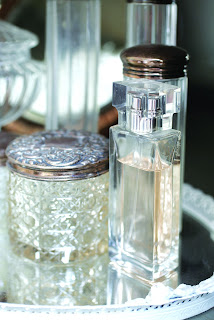 |
| Flea Market Collection |
Has your spring cleaning left you with a load of old fabric you don’t know what do with? Expert collector of international textiles Pandora de Balthazar has shared with us her top tips for decorating with linens:
FMD: What are some of your favorite unexpected ways to decorate with vintage linens?
Pandora: I love to create a white background and apply textiles of color to recreate my favorite moods or seasons. Another is to take antique shams and make slipcovers—instant gratification! Napkins make wonderful TV-tray covers. I use hand towels to make slipcovers, bed skirts, window treatments, and as floor cloths next to my bed and as hand towels. Now, that’s recycling!
FMD: Care to offer inspirations for using textiles in a home?
Pandora: There aren’t any “wrongs” when it comes to making your home beautiful. But it is terribly wrong in my opinion to neglect the comfort and rejuvenation of body needs. Vintage textiles provide the texture, color, beauty and art you need to create a restful sanctuary in your home; they can also absorb noise, create comfortable surfaces and provide tactile beauty that a rested body can enjoy. Make sure the beauty within matches the beauty on the outside.
What are you doing with your vintage linens this spring? Share with us in the comments below!
By Jickie Torres
Post Shared By Flea Market















